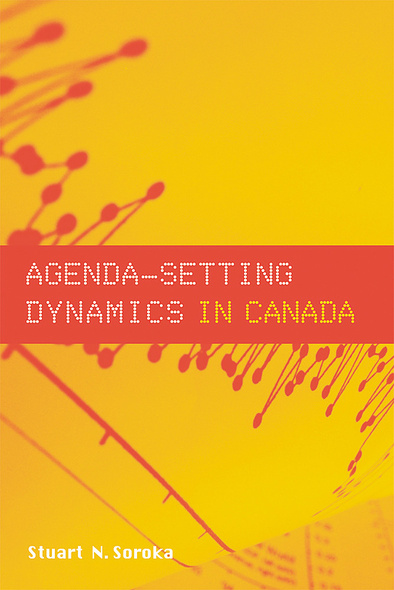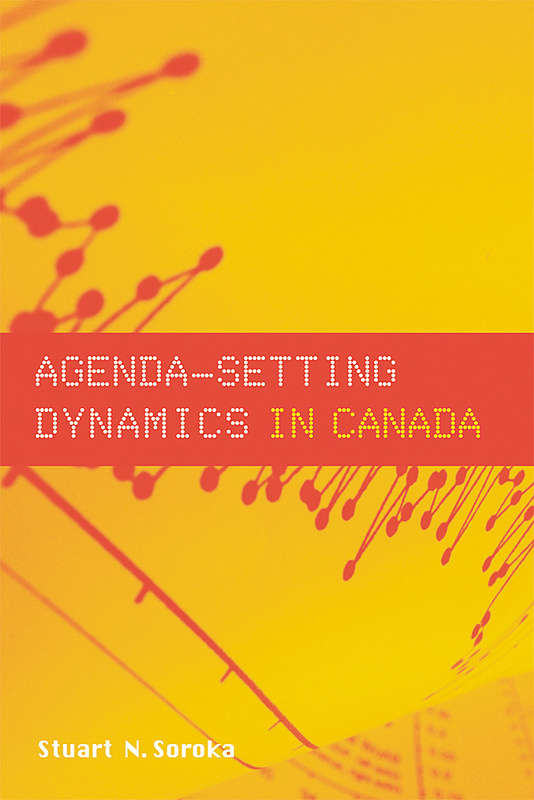Our shopping cart is currently down. To place an order, please contact our distributor, UTP Distribution, directly at utpbooks@utpress.utoronto.ca.

Why do public issues like the environment rise and fall inimportance over time? To what extent can the trends in salience beexplained by real-world factors? To what degree are they the product ofinteractions between media content, public opinion, and policymaking?This book surveys the development of eight issues in Canada over adecade -- AIDS, crime, the debt/deficit, the environment, inflation,national unity, taxes, and unemployment -- to explore how the salienceof issues changes over time, and to examine why these changes areimportant to our understanding of everyday politics.
Agenda-Setting Dynamics in Canada offers one of the firstempirical analyses of the interaction of the media, the public, andpolicymakers in Canada and, more generally, makes an importantcontribution to the study of political communications and policymakingwell beyond the Canadian context.
In the vast literature on agenda setting, this book is destined to become one of the top five publications. It will be a 'must read' for anyone involved in this line of research, or for general readers interested in the formation of public opinion and public policy.
Soroka has produced by far the most detailed and sophisticated study to date of Canadian agenda setting ... his clear and concise discussion of the problematics and methods of studying agenda-setting has provided a significant contribution to the literature on the subject.
Soroka has produced by far the most detailed and sophisticated study to date of Canadian agenda setting… his clear and concise discussion of the problematics and methods of studying agenda-setting has provided a significant contribution to the literature on the subject.
[T]his concise and well-written book could certainly prove useful to scholars interested in agenda-setting, public opinion and policy studies ... this book may convince even the most skeptical students of politics to take agenda-setting seriously. Rating: *****
Soroka’s book is the first study anywhere integrating agenda setting in public policy with agenda setting in the mass media. Consequently, it will be read by public policy and mass media experts worldwide. His truly innovative use of parliamentary question period will be adopted as a standard by students of policy change in parliamentary democracies. The work will be a critical milestone in the study of comparative public policy.
Tables and Figures
Acknowledgments
1 Introduction
2 Issues and Issue Types
3 The Media Agenda
4 The Public Agenda
5 The Policy Agenda
6 Modelling Agenda-Setting
7 Expanding the Models
8 Final Conclusions
Appendices
A Time Series Methods and Agenda-Setting
B The Media Agenda
C The Public Agenda
D The Policy Agenda
E Real-World Indicators
References
Index






